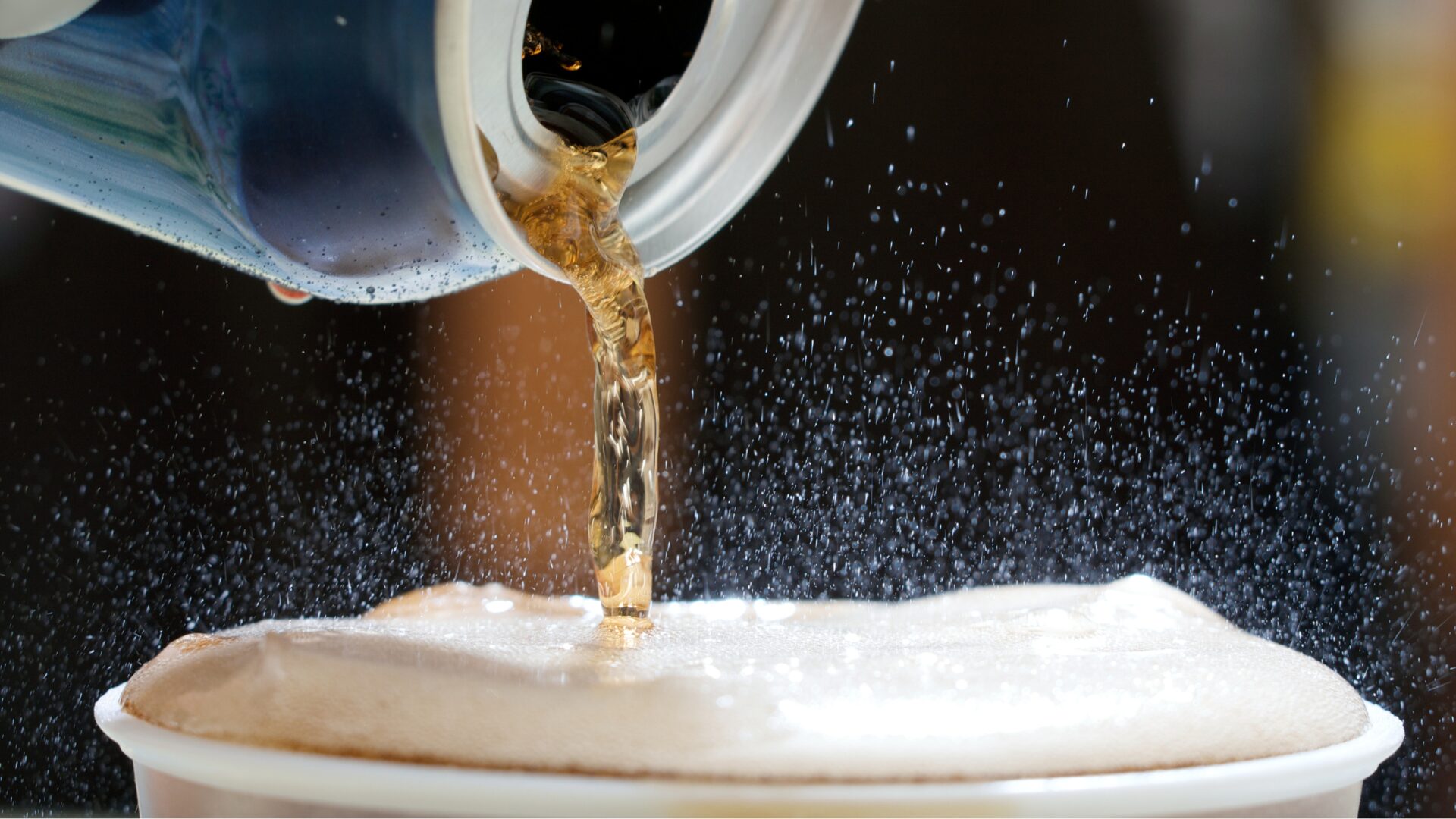On April 1, the USDA announced that it will provide $1 billion per month in additional SNAP food assistance to an estimated 25 million people in low-income households. U.S. Secretary of Agriculture Tom Vilsack echoed the initiative when he moved for voluntary dismissal of two USDA appeals regarding SNAP benefits on state levels, reported The Washington Post.
Since the start of the pandemic, the USDA has issued about $29 billion in additional emergency SNAP benefits. But those increases have not been made available to the lowest-income households —who make up 37% of SNAP recipients — because they were already at or close to receiving the current maximum benefit.
In January, President Biden signed an executive order requiring the USDA to reconsider the emergency allotments. According to a report by the CBPP, Vilsack concluded that funds were not being distributed equitably due to a misinterpretation of the Families First Coronavirus Response Act, dating from the Trump Administration.
The Food Assistance Forecast
With Vilsack reprising his role as Secretary of Agriculture, his eight-year track record under President Obama could serve as a strong indicator for future initiatives within the agency. During Vilsack’s previous tenure, the USDA expanded accessibility to food assistance for millions of Americans, introduced healthier food choices in school meals, and increased participation in the free and reduced-price National School Lunch Program.
In addition to improving the emergency SNAP benefits, Biden’s American Rescue Plan Act extends the temporary 15 percent increase in the SNAP maximum benefit through September. A similar SNAP benefit increase in the 2009 Recovery Act lessened food insecurity among SNAP recipients, according to Department of Agriculture researchers.
Economic Potential
A recent USDA study found that in a slow economy, “$1 billion in new SNAP benefits would lead to an increase of $1.54 billion in Gross Domestic Product (GDP)—54% above and beyond the new benefits.” Moreover, SNAP benefits reduced the poverty rate by nearly 8% in 2009 and had a significant effect on reducing child poverty.
Alongside an increase to SNAP and Pandemic EBT, the Biden Administration’s American Rescue Plan outlines another $3 billion investment through the Special Supplemental Nutrition Program for Women, Infants, and Children (WIC).
To better reflect the cost of a healthy basic diet today, the USDA will also begin the process of revising the Thrifty Food Plan, the basis for determining SNAP benefits, as directed by the 2018 Farm Bill.











